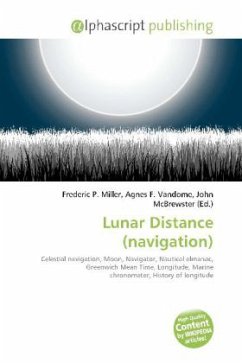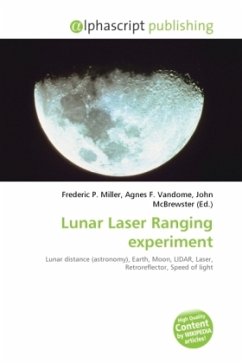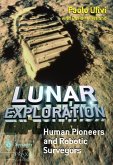Please note that the content of this book primarily consists of articles available from Wikipedia or other free sources online. In celestial navigation, lunar distance is the angle between the Moon and another celestial body. A navigator can use a lunar distance (also called a lunar) and a nautical almanac to calculate Greenwich time. The navigator can then determine longitude without a marine chronometer. In celestial navigation, precise knowledge of the time at Greenwich and the positions of one or more celestial objects are combined with careful observations to calculate latitude and longitude. Reliable marine chronometers were unavailable until the late 18th century and not affordable until the 19th century. For approximately one hundred years (from about 1767 until about 1850) mariners lacking a chronometer used the method of lunar distances to determine Greenwich time, an important step in finding their longitude. A mariner with a chronometer could check and correct its reading using a lunar determination of Greenwich time.
Bitte wählen Sie Ihr Anliegen aus.
Rechnungen
Retourenschein anfordern
Bestellstatus
Storno








